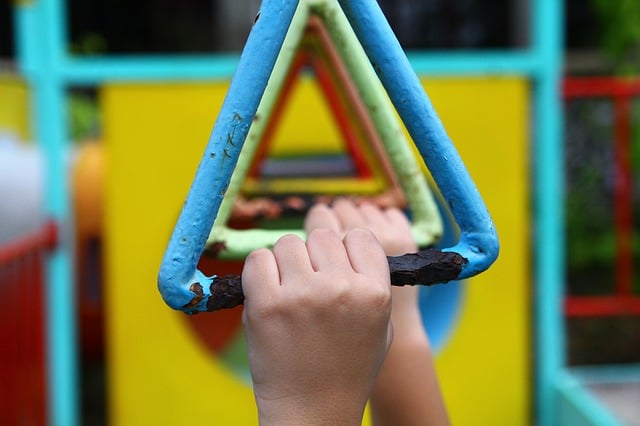When COVID-19 was declared a pandemic, K-12 schools were among the first operations to close in order to prevent community spread in the United States.
As schools slowly begin to reopen for in-person classes throughout the country, there is still sparse information about COVID-19 mitigation strategy adherence, including physical distancing, mask wearing and hand washing, among students in school.
Ricky Camplain and Nanette “Gigi” Lopez, both assistant professors with Northern Arizona University’s Department of Health Sciences and the Center for Health Equity Research (CHER), are collaborating with Dan M. Cooper, associate vice chancellor for Clinical and Translational Research University of California, Irvine, and a 20-person UCI K-12 School Restart Working Group to track COVID-19 transmission in schools with supplemental education services—those with systemic socioeconomic and racial discrepancies, and those with students who have special needs.
To observe the schools and track the data, the NAU researchers developed the Systematic Observation of COVID-19 Mitigation Strategy Adherence (SOCOM) protocol that they adapted from the System for Observing Play and Recreation in Communities (SOPARC) created by Thomas L. McKenzie and Deborah A. Cohen.
Camplain and Lopez transformed the SOPARC protocol and materials that were designed to gather information on community park use through direct observation into a procedure that would allow researchers to observe and record COVID-19 data among students in schools through a series of pictures that identify how students are wearing their masks.
The NAU researchers will eventually analyze the data and disseminate the group’s findings from the SOCOM protocol in a procedure manual.
“Though the work was challenging, it was a natural progression and a good option for capturing COVID-19 mitigation programs in schools,” Camplain said of the SOCOM protocol.
Once schools in Orange County, California, reopen, the researchers will observe COVID-19 mitigation strategies in five schools that include effective physical distancing, mask wearing and physical activity behaviors. Their evaluation will also include structural or environmental variables such as the presence of student plexiglass dividers.
Camplain said researchers collect the data using a cell phone platform that is then uploaded to a server.
“The data from the SOCOM tool will enable school administration and staff to evaluate the current mitigation procedures,” Lopez said. “Ultimately, this tool can be used in schools nationwide to measure student and staff behaviors in an effort to reduce transmission of the SARS-CoV-2 virus.”
Lopez said the working group hopes to discover how effectively state and regional guidelines will slow viral transmission as schools. The group hopes through their research to eventually assist all schools in becoming healthy places for all children to attend.
Lisa Dahm | Center for Health Equity Research




